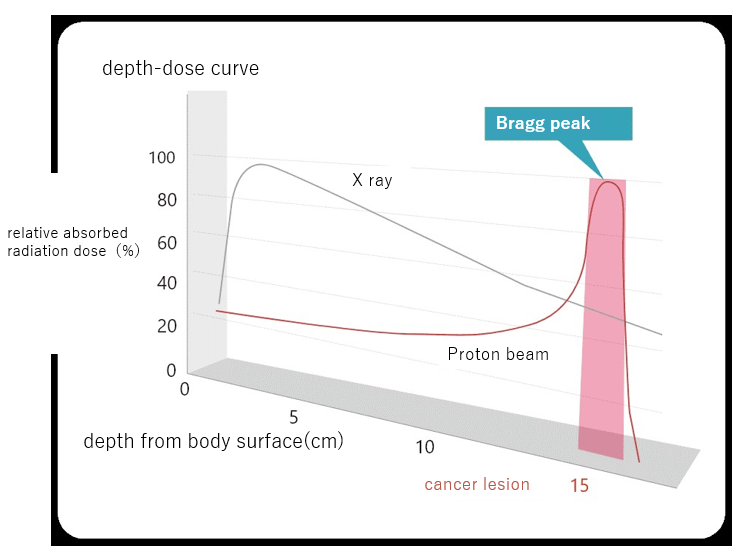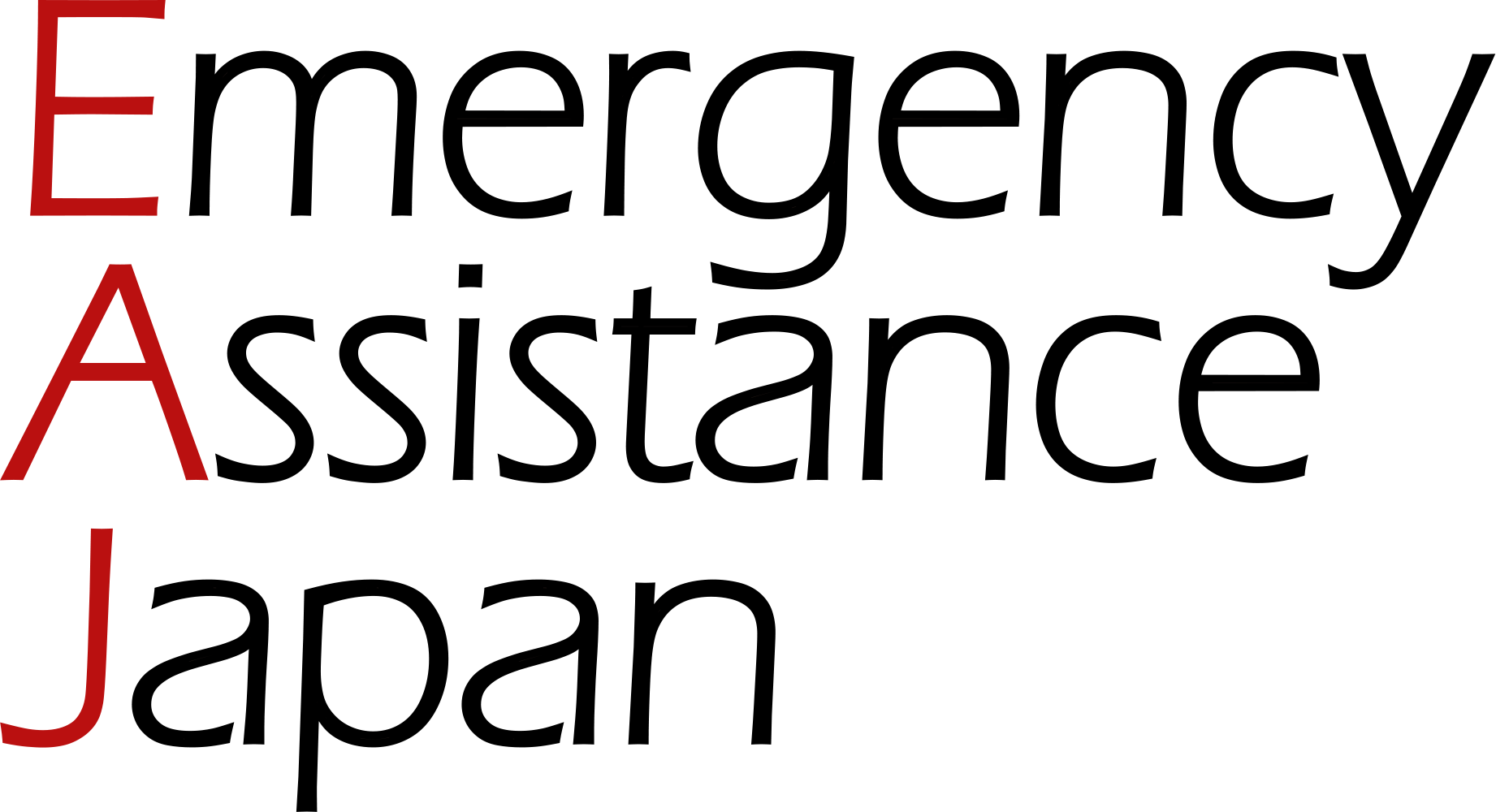Treatment(Proton Therapy)
- HOME
- Cancer(Treatment)
- Treatment(Proton Therapy)
- Spacer insertion & proton beam for radical cure of “pancreatic cancer” Southern Tohoku Proton Therapy Center
Spacer insertion & proton beam for radical cure of “pancreatic cancer” Southern Tohoku Proton Therapy Center
24.03.01
Director, Southern Tohoku Proton Therapy Center affiliated to Southern TOHOKU Research Institute for Neuroscience. Southern TOHOKU General Hospital Group
This auricle was supervised by Dr. Masao Murakami
What is proton therapy?
This is a treatment that kills cancer cells by accelerating protons, which are hydrogen nuclei, to near the speed of light and bombarding the cancer with them. After the proton beam travels through the body to a certain extent, it suddenly stops, and at that point, it suddenly emits high energy into the surrounding area (spread out Bragg peak). This makes it possible to precisely target cancer while minimizing the impact on surrounding organs and normal cells. Irradiation is performed five times a week for several weeks. To ensure accuracy within 1 mm, the irradiated area is accurately positioned for about 10 minutes each time, and then irradiation is performed for about 5 minutes. The time spent in the building is about 1 hour, so it can be received as a walk-in procedure. An international patient will be able to stay in Japan for a while and will be receiving treatment while recuperating slowly.

Features of Southern Tohoku Proton Therapy Center
What is Southern Tohoku Hospital Group? Latest technology such as BNCT
The Southern Tohoku Hospital Group is one of the leading comprehensive medical groups in Japan, with 19 medical institutions and 19 nursing care facilities, employing a total of 9,000 medical professionals and staff. Equipped with world-leading advanced medical technology, the center offers BNCT in general practice at the BCNT (Boron Neutron Capture Therapy) Center as well as at the Proton Therapy Center.
People from all over the country seeking treatment for “gallbladder, bile duct, liver, pancreas, and lung” cancers that are difficult to be performed by sugery
Working in unison with the Sogo Southern Tohoku Hospital which is a general hospital, we have established the know-how to treat patients with proton beams in combination with surgery and chemotherapy. Therefore, cancers that cannot be treated with proton beams alone can be treated at the Southern Tohoku Cancer Proton Beam Center. In particular, treatment of the pancreas, liver, gallbladder, and bile ducts, which cannot be performed by surgery, is difficult to treat with other forms of radiation. Even with proton beams, it is impossible to completely prevent radiation from being applied to surrounding organs. Therefore, such cancers are often considered impossible to treat even at other proton beam therapy facilities in Japan. By placing spacers, Tohoku Cancer Proton Beam Therapy Center works with surgeons to actively treat patients who have been turned down at other facilities.
The world’s best and latest “pancreatic cancer” treatment
For example, the pancreas is an elongated left-right organ about 20 cm long, located behind the stomach. The bulging right end (pancreatic head) is surrounded by the duodenum, the left side (pancreatic tail) borders the spleen, and the middle (body) borders the stomach. There are also important organs nearby, such as the small intestine, large intestine, liver, and kidneys, and if these tissues are exposed to radiation, the risk of developing complications such as perforation of the organs increases. In the case of pancreatic body or tail cancer, the insertion of a spacer ensures a certain distance between the pancreas and these surrounding tissues, allowing high radiation doses to be focused on the cancer cells in the pancreas and minimizing exposure of the surrounding normal tissues, thus enabling safe and secure treatment. The “spacer” is mainly made of fat (omental fat) in the body, but if there is a shortage, a material that can dissolve in the body is also used. Even with spacer insertion surgery, the average treatment period is about two months. Although this is a cutting-edge treatment method that has just begun, many cases have been completely cured, and high treatment results are expected. In this way, for irradiation of areas surrounded by other important organs, proton beam therapy, which uses protons where its mass is just 1/12 of carbon, has the advantage because it is easy to control the effects on other organs, compared to heavy ion beams (carbon rays), which can cause damage other organs when irradiated.
Proton beam therapy for other cancers
In addition to pancreatic cancer, liver cancer, gallbladder cancer, and lung cancer, Southern Tohoku Proton Therapy Center also performs proton beam therapy for head and neck cancer, prostate cancer, esophageal cancer, and bone and soft tissue tumors. If lung cancer is in its early stages, it can be completely cured with two weeks of proton therapy alone. In the case of locally advanced lung cancer with large tumors or lymph node metastases, proton beam therapy combined with anticancer drugs is performed over a period of about two months. Spacers can be injected into the prostate under ultrasound guidance to prevent rectal damage, and at the same time, a gold marker can be implanted inside the prostate to accurately match the position and perform irradiation. In head and neck cancer and bone and soft tissue tumors that occur throughout the body, the effect of proton therapy is enhanced when combined with chemotherapy, in which an anticancer drug is injected directly via a catheter into an artery leading to the tumor, thus enhancing the effect of proton therapy because of the high concentration of the anticancer drug. In addition, at Southern Tohoku Cancer Proton Beam Center, even young children who would otherwise move without sedation can receive treatment using sedation in collaboration with the pediatric department of Southern Tohoku General Hospital.
How can international patients undergo proton beam therapy?
If a patient would like to receive treatment at the Tohoku Cancer Proton Beam Therapy Center (hereinafter referred to as the “Proton Beam Center”), please contact Emergency Assistance Japan (EAJ), which provides support services for international patients. EAJ has a rich track record in arranging proton beam therapy for international patients, and support patients who come to Japan for treatment with detailed services based on our experience.
<Procedure of treatment>
Before coming to Japan:
・A patient is requested to send medical information, images, etc. to EAJ.
・The proton beam center will review the medical information to determine whether treatment is appropriate.
・If treatment is possible, the patient will transfer the medical expenses to EAJ.
・EAJ provides support for the patient coming to Japan, such as preparing the documents needed to obtain a medical stay visa, arranging accommodation and transportation, etc.
After coming to Japan:
・EAJ will escort the patient from the airport to the proton center and assist check-in at the accommodation adjacent to the treatment facility.
・At the proton beam center, the patient will receive a medical examination and tests such as CT scan as necessary.
※Interpreters will be provided as necessary for examinations, treatments, and treatments at the Proton Beam Center.
・The proton center will make a fixture that fits the patient’s body.
・Depending on the area to be treated, surgery may be performed to place a spacer.
Irradiation period:
・Basically, proton beam irradiation is performed every weekday.
・After X-rays are irradiated, the position is determined by matching the images used for treatment planning.
・Irradiation takes about 2 to 5 minutes. One irradiation is completed in 15 to 30 minutes, including positioning.
・If there are symptoms that a patient concerns, a treating doctor will see the patient.
・Irradiation will be carried out for about 2 to 8 weeks.
After returning to home country:
・In addition to that a patient is requested to send the images to confirm the treatment effect, the patient can also receive a re-examination at the proton beam center if necessary.
※EAJ will support a patient in arranging communication between a local doctor and the proton beam center after returning to home country.
”Patient Support Services during stay”
・EAJ will be arrange an accommodation near the proton beam center. It has a restaurant, hot springs, laundry room, and in-room mini kitchen. Up to two people can stay in one room.
・EAJ will provide support such as shopping necessary for daily life during a patient’s stay including information about the neighborhood.
・In case of emergency, EAJ will provide a 24-hour support hotline available in English and Chinese. If a patient has any problems, he/she can contact EAJ at any time.
